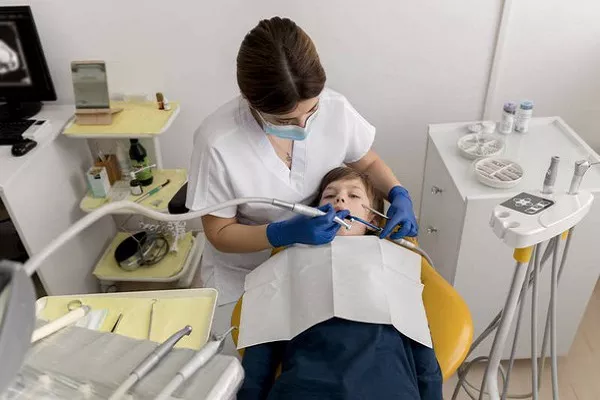In the realm of oral health, the prospect of dental implants after a tooth extraction is a common consideration. Patients often wonder about the optimal timing for getting an implant after the removal of a tooth. In this comprehensive guide, we will delve into the intricacies of the post-extraction period, exploring the factors that influence the timeline for dental implant placement.
1. Immediate Implants: A Swift Solution
Immediate dental implants, colloquially known as same-day implants, have gained popularity for their efficiency in reducing the overall treatment timeline. This approach involves placing the implant immediately after tooth extraction, streamlining the process and potentially shortening the recovery period.
However, the feasibility of immediate implants depends on various factors such as the patient’s overall health, the condition of the extracted tooth, and the bone density at the implant site. Studies indicate that immediate implants can be a viable option in carefully selected cases, offering both convenience and aesthetics.
2. The Importance of Healing Time
The healing period following tooth extraction is crucial for ensuring the success of a dental implant. It allows the extraction site to recover, and the surrounding bone to regenerate, creating a stable foundation for the implant. Typically, patients are advised to wait for three to six months before proceeding with implant placement.
During this healing phase, the body’s natural processes work to build new bone around the extraction site, enhancing the stability and longevity of the subsequent dental implant. This waiting period is essential to minimize the risk of implant failure and optimize the chances of a successful outcome.
3. Bone Grafting for Optimal Implant Success
In cases where the jawbone lacks the necessary density or volume to support a dental implant, bone grafting may be recommended. Bone grafts involve transplanting bone tissue to the deficient area, stimulating new bone growth and providing a solid foundation for the implant.
Research indicates that bone grafting significantly improves the success rate of dental implants, particularly in patients with compromised bone density. This additional step in the treatment process underscores the importance of individualized care and thorough assessment by dental professionals.
4. Assessing Systemic Health Factors
Beyond the immediate oral environment, the overall health of the patient plays a pivotal role in determining the ideal timing for dental implant placement. Conditions such as diabetes, smoking, and autoimmune disorders can impact the body’s ability to heal and may necessitate adjustments to the implant timeline.
Studies suggest that individuals with well-managed systemic health conditions may experience smoother recoveries and increased success rates with dental implants. Collaborative efforts between patients and healthcare providers are essential to optimize overall health and pave the way for a successful implant journey.
5. Customized Treatment Plans for Patient-Centric Care
Recognizing the uniqueness of each patient’s oral health, dental professionals emphasize the importance of personalized treatment plans. Factors such as age, oral hygiene practices, and the specific tooth being replaced contribute to the customization of the implant timeline.
Studies in patient-centric care highlight the significance of tailoring treatment plans to individual needs, fostering a more predictable and successful outcome. This approach ensures that the implant journey aligns with the patient’s overall well-being and lifestyle.
6. Collaborative Decision-Making: The Key to Successful Implantation
Ultimately, the decision of when to proceed with a dental implant after tooth extraction involves collaborative discussions between the patient and the dental team. Open communication, realistic expectations, and a thorough understanding of the patient’s oral health history are essential elements in making informed choices.
Research underscores the positive impact of shared decision-making on treatment outcomes, emphasizing the importance of patient education and active involvement in the decision-making process. By fostering a collaborative approach, both patients and dental professionals contribute to the success and longevity of dental implants.
In conclusion, the timeline for placing a dental implant after tooth extraction is a nuanced process influenced by various factors. From immediate implants to the importance of healing time and personalized treatment plans, understanding these elements is crucial for making informed decisions about oral health.
Related Links:
What should i avoid after dental implants?
What to Do if dental implant screw falls out?
How long Does swelling last after dental implant surgery?
































